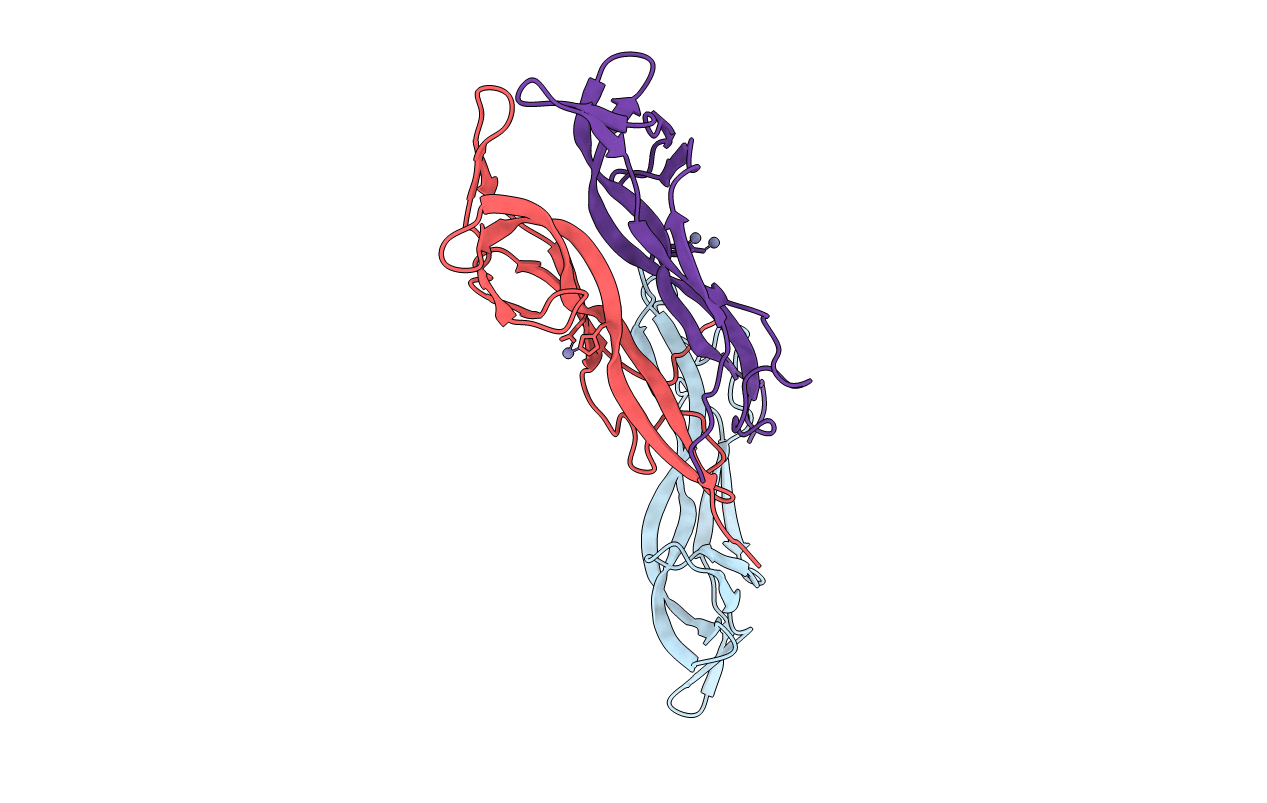
Deposition Date
1995-08-29
Release Date
1996-03-08
Last Version Date
2024-11-06
Entry Detail
PDB ID:
1BTG
Keywords:
Title:
CRYSTAL STRUCTURE OF BETA NERVE GROWTH FACTOR AT 2.5 A RESOLUTION IN C2 SPACE GROUP WITH ZN IONS BOUND
Biological Source:
Source Organism:
Mus musculus (Taxon ID: 10090)
Method Details:
Experimental Method:
Resolution:
2.50 Å
R-Value Observed:
0.17
Space Group:
C 1 2 1


